8月2018年から―今まで
Hiragana and Katakana
I spent about a 1 and a half years studying Japanese before I got into ODU, starting in August of 2018. First up on the docket was to learn Hiragana and Katakana.
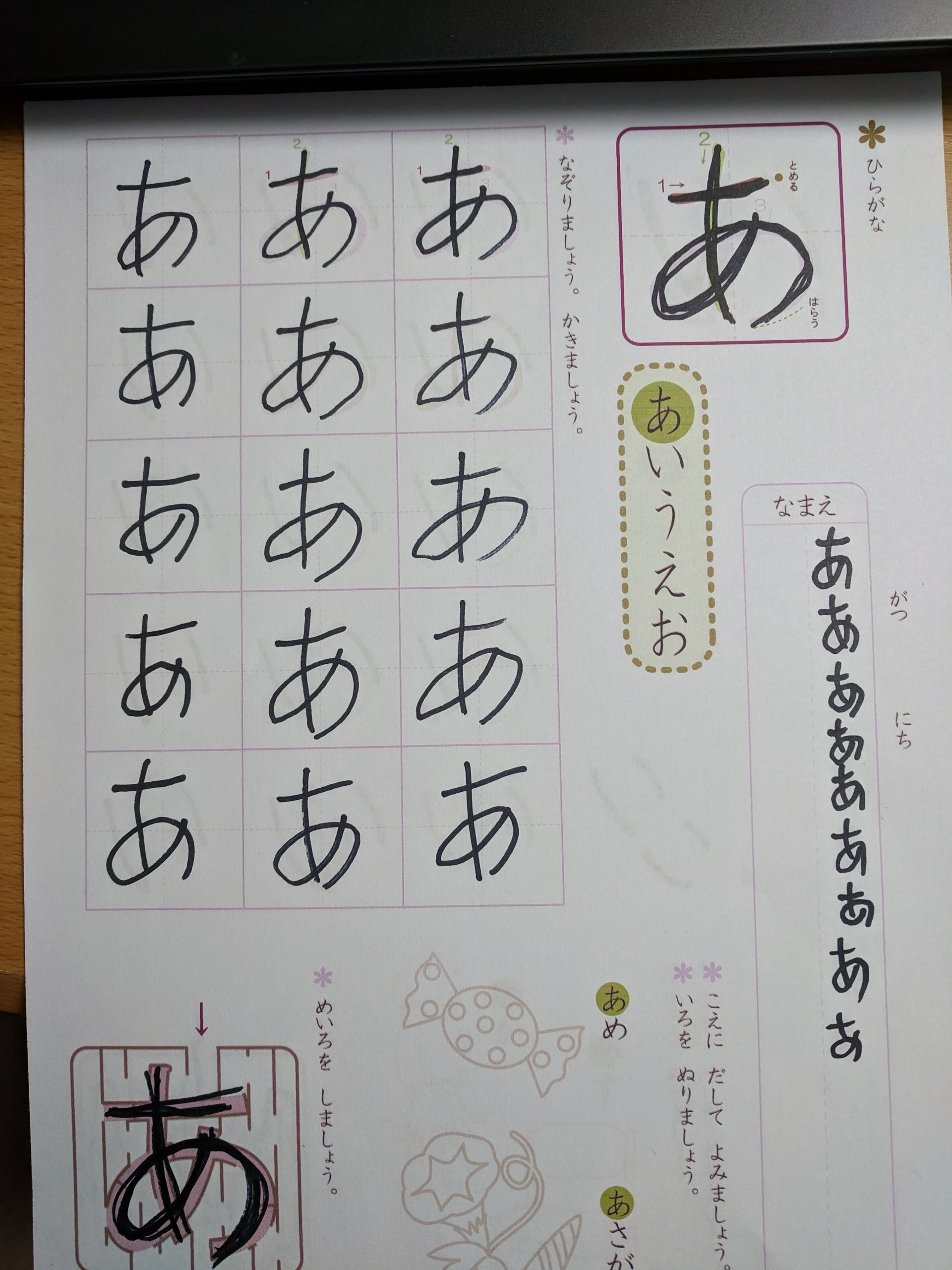
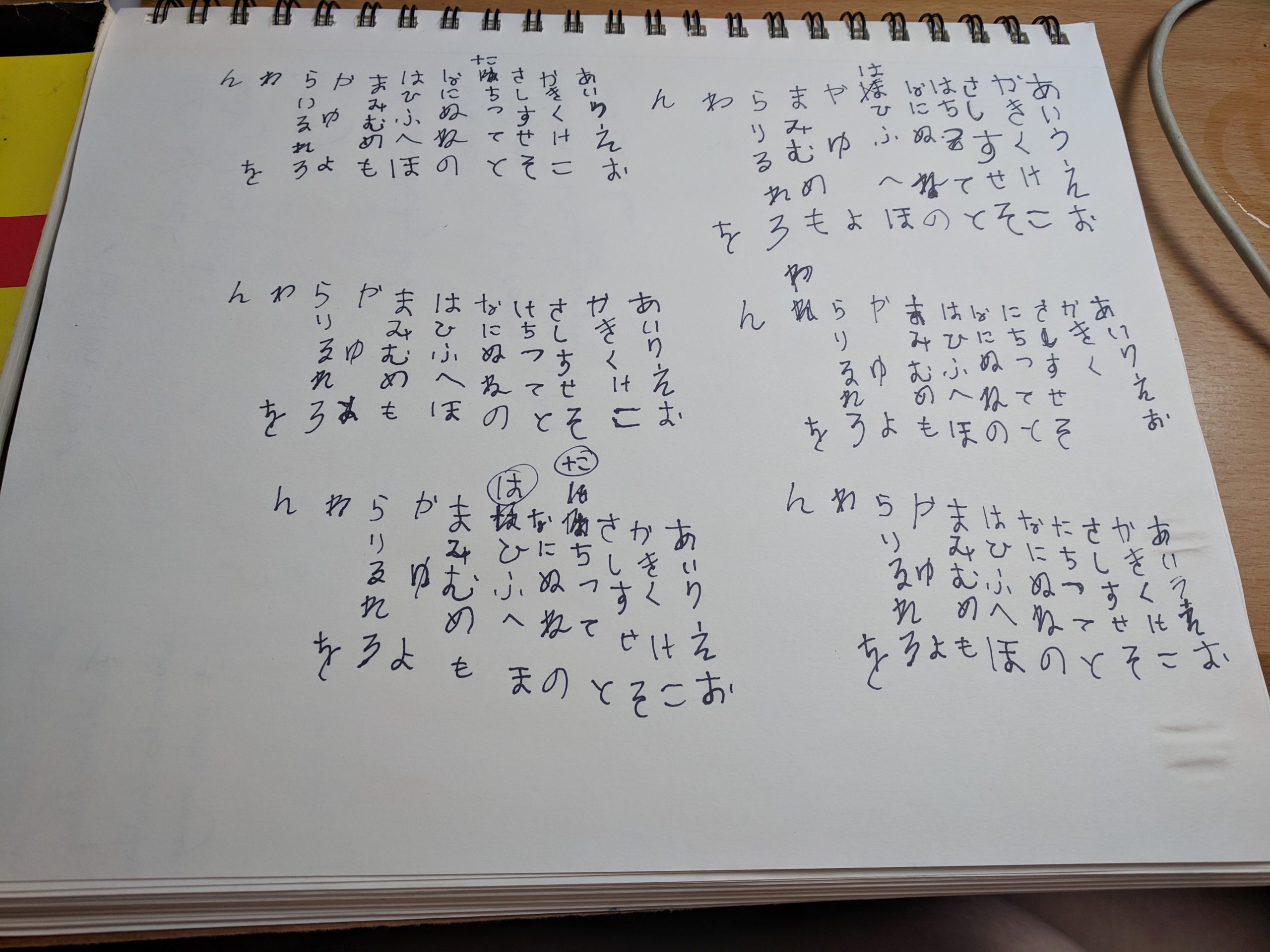

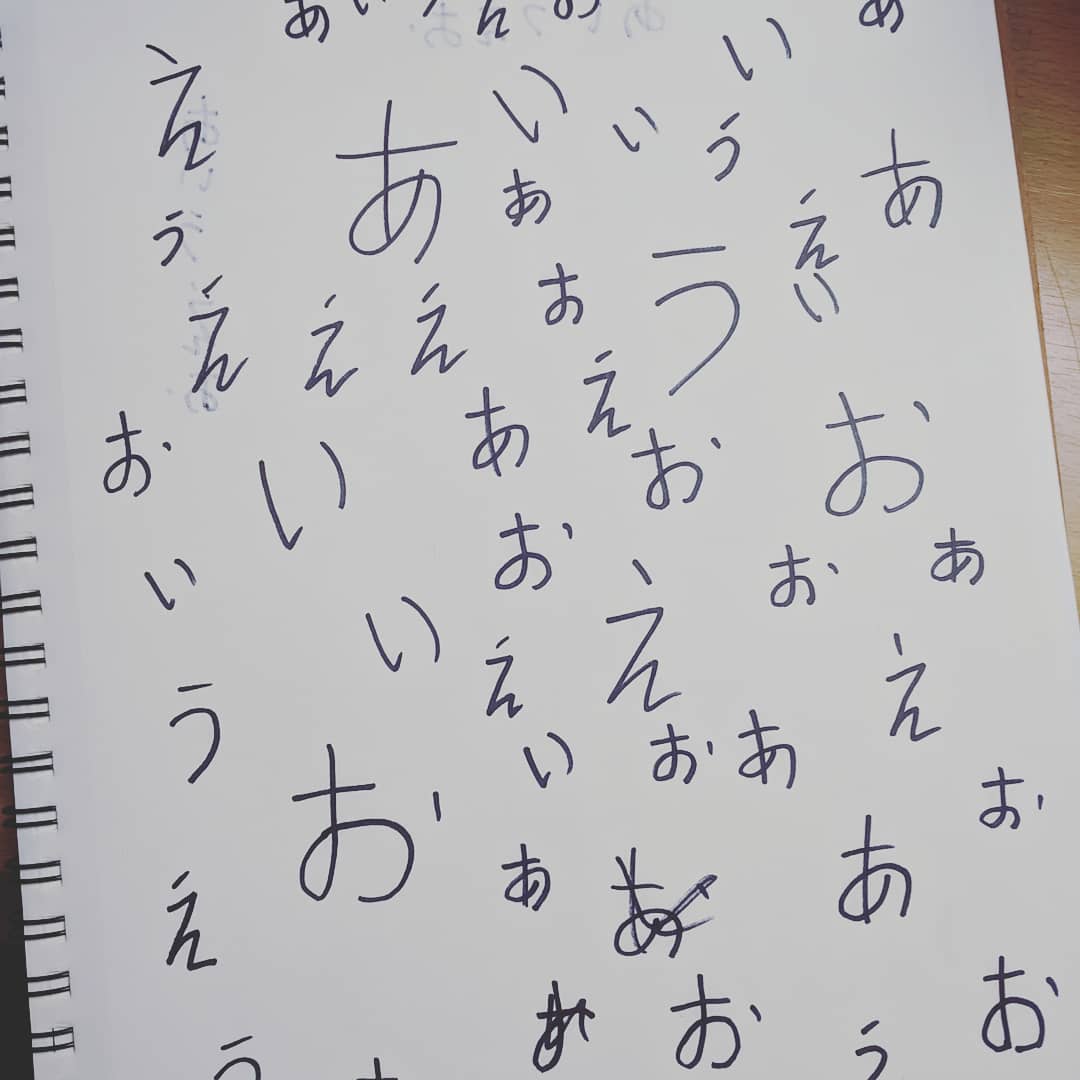
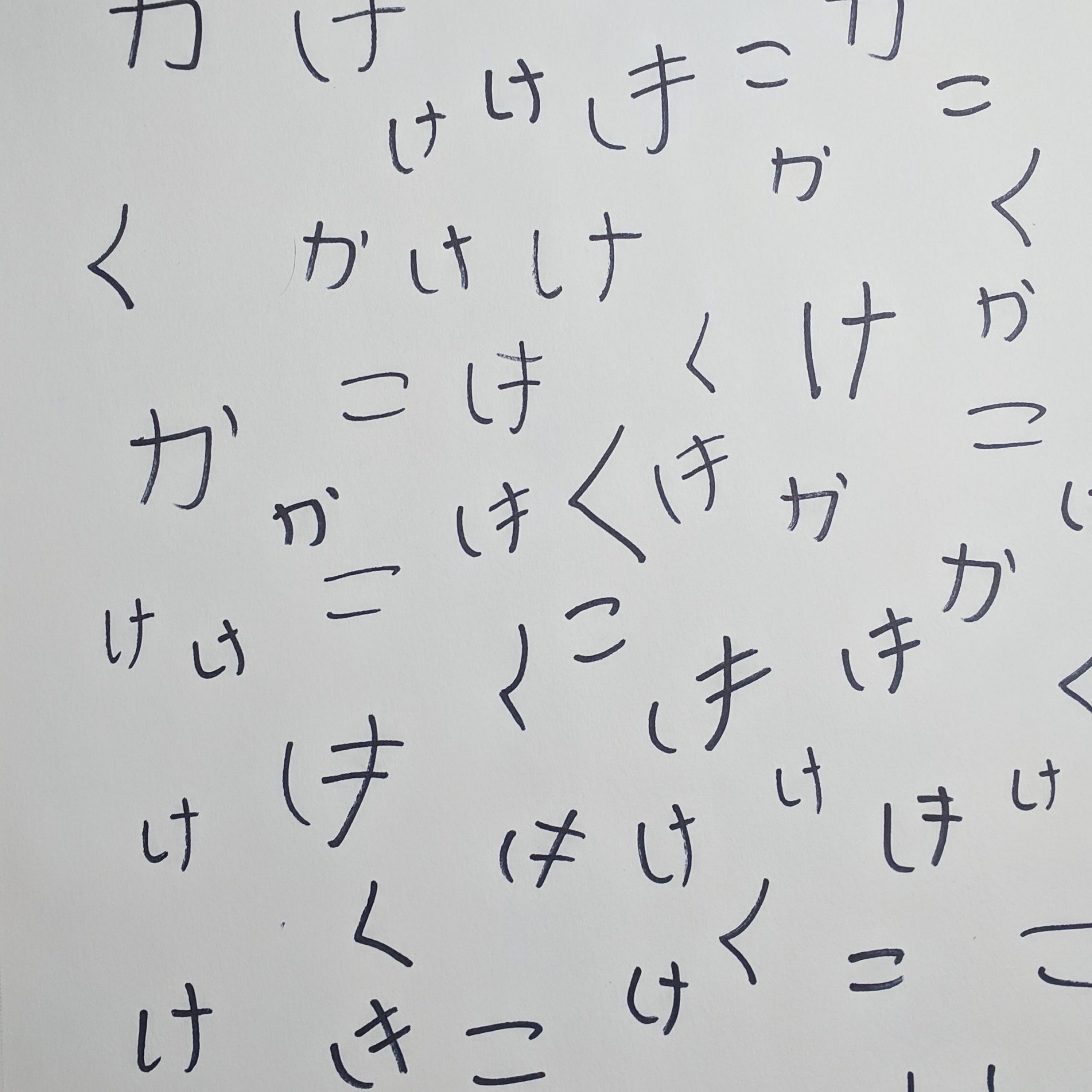

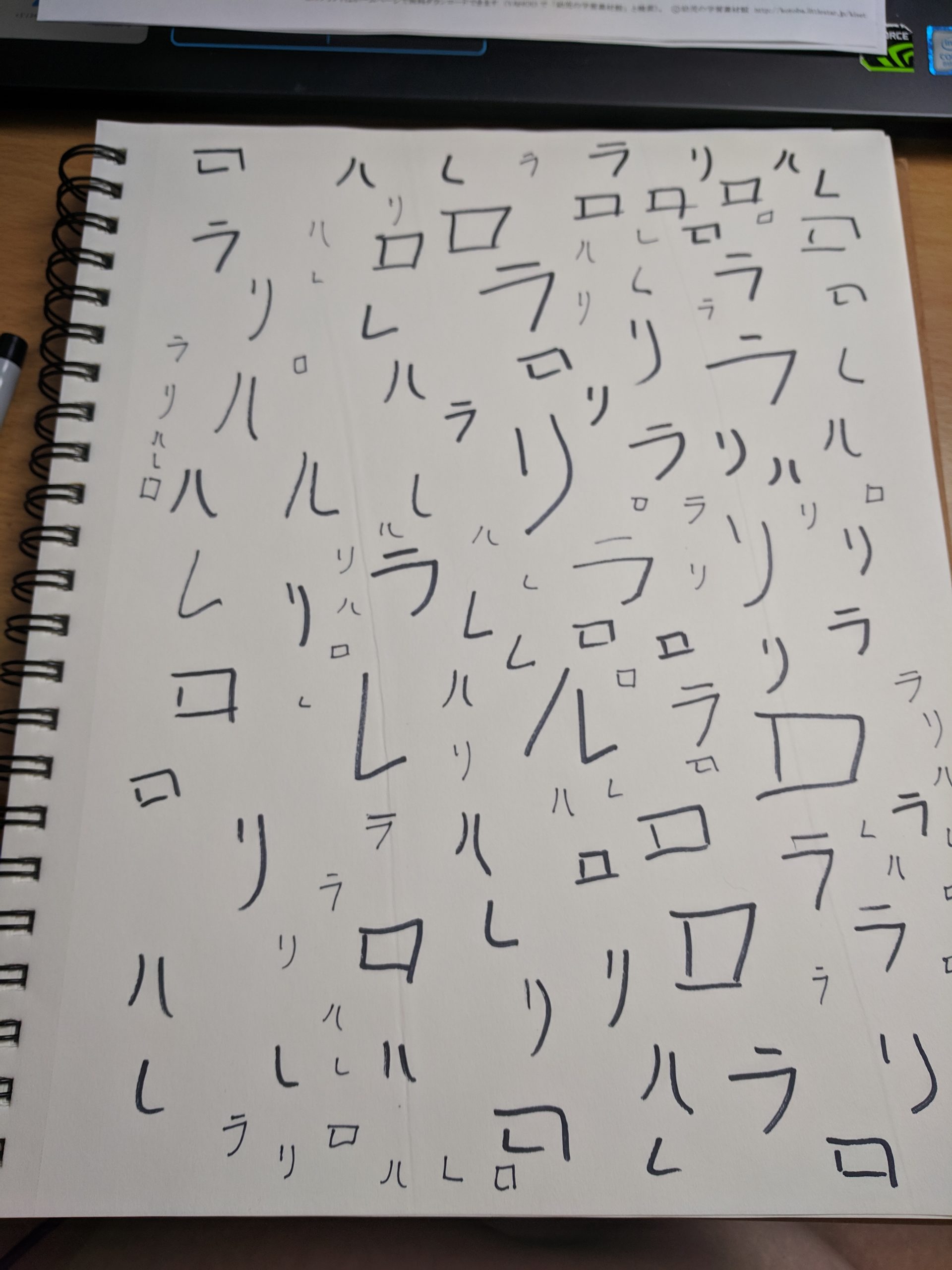

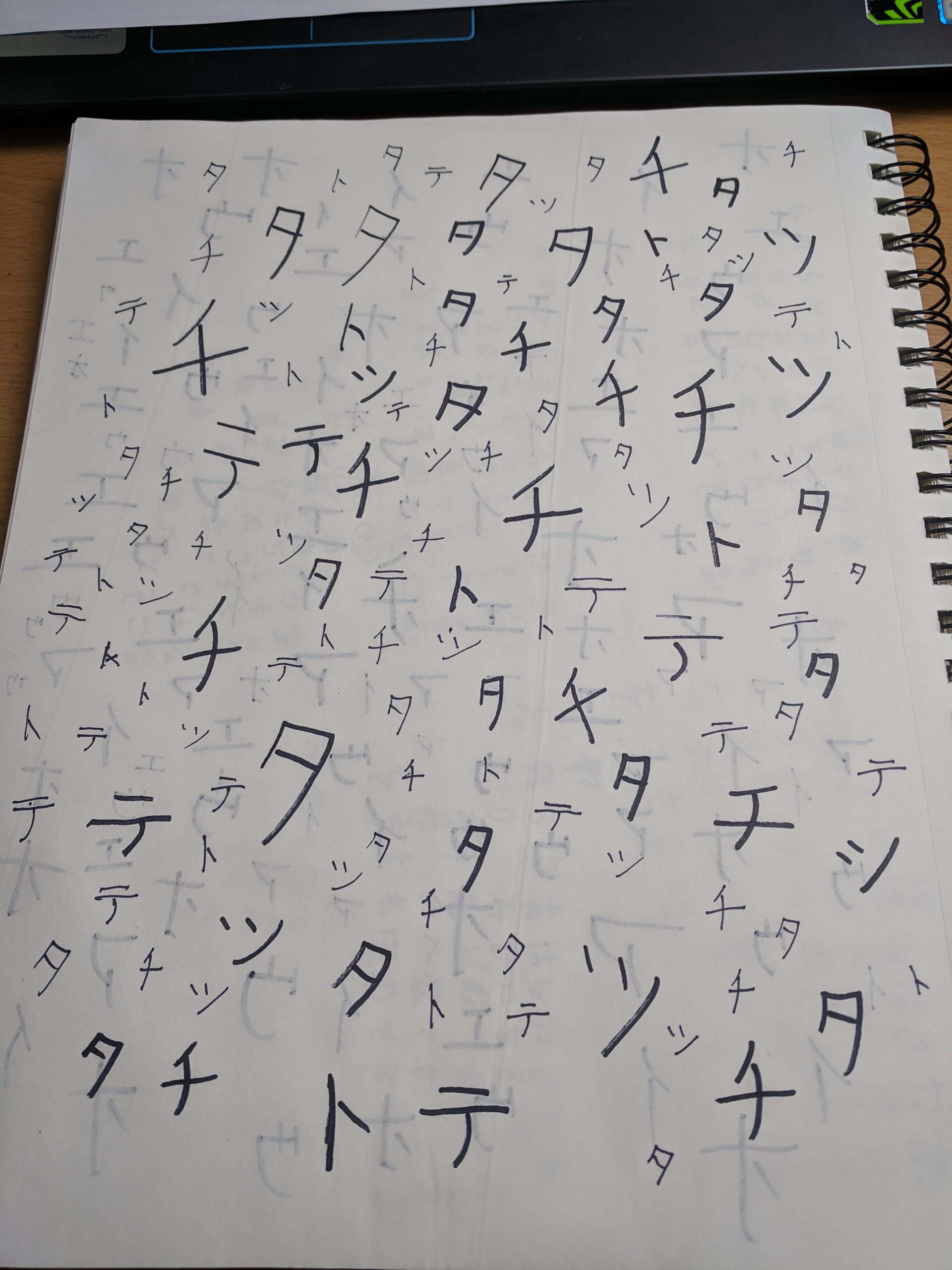
I spent about10 hours a total (5 hours on hiragana, and 5 hours on katakana) just sitting with a sketchpad, a felt tip marker, and this AIUEO song off of YouTube. To get the phonetics in my head, and connect them to the characters I wrote down. I really did nothing but listen to this song and go through each row and studied them and tested myself on sketch paper. It was easier to do than I originally expected. I was going to buy a fancy book that walks you through all of the characters, but it worked better just studying kana in this way.
教科書と他の練習物
I tried a lot of different textbooks and study materials to get basic grammar down.
I started with 日本語総まとめN5 because a few youtubers said it was a great place to start if you were going to take the JLPT. I figured the JLPT was a good starting point for learning Japanese. I was so excited to learn Japanese finally, after years of wanting to!
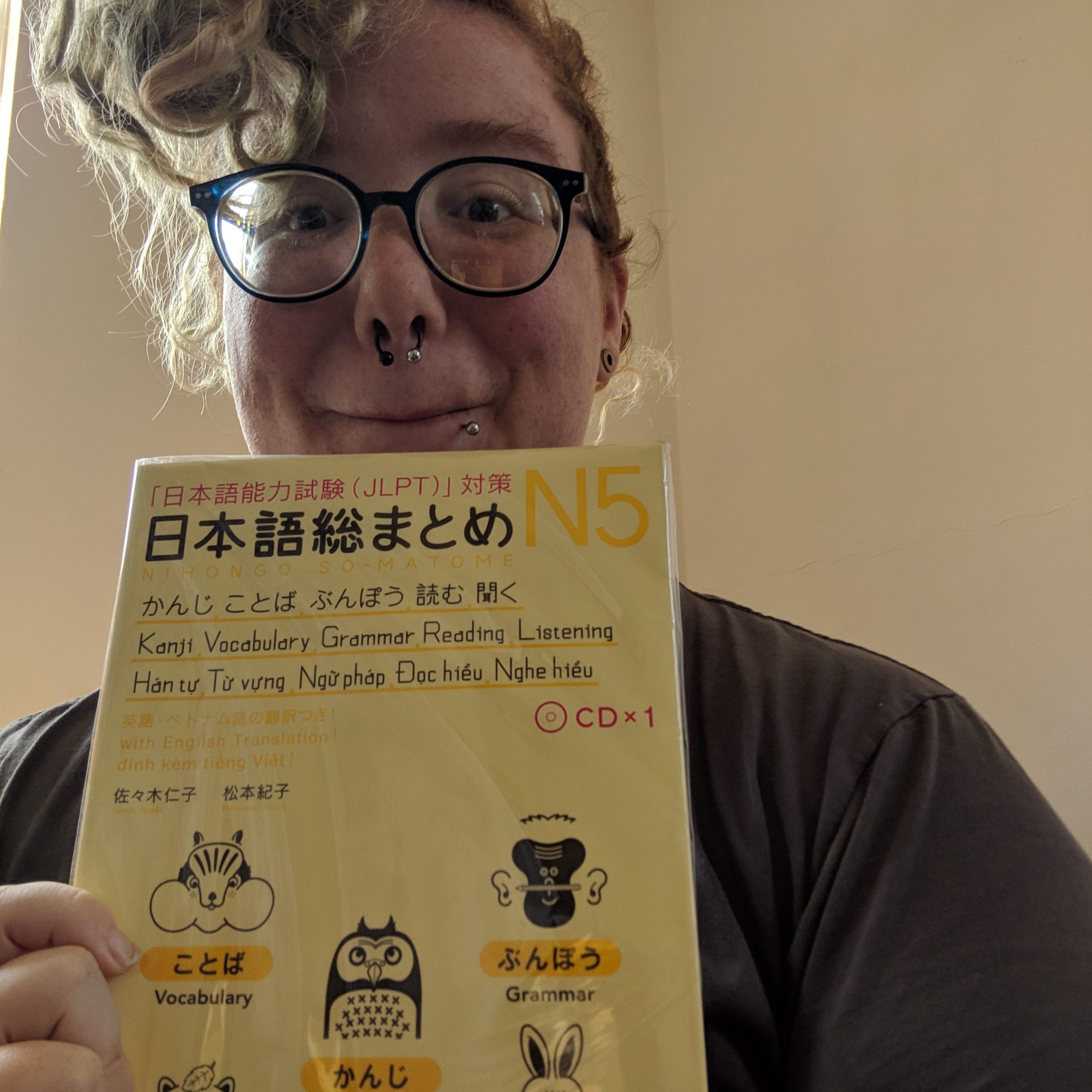
I found the material pretty difficult though, considering it wasn’t a textbook, but a workbook…and I was starting from 0.
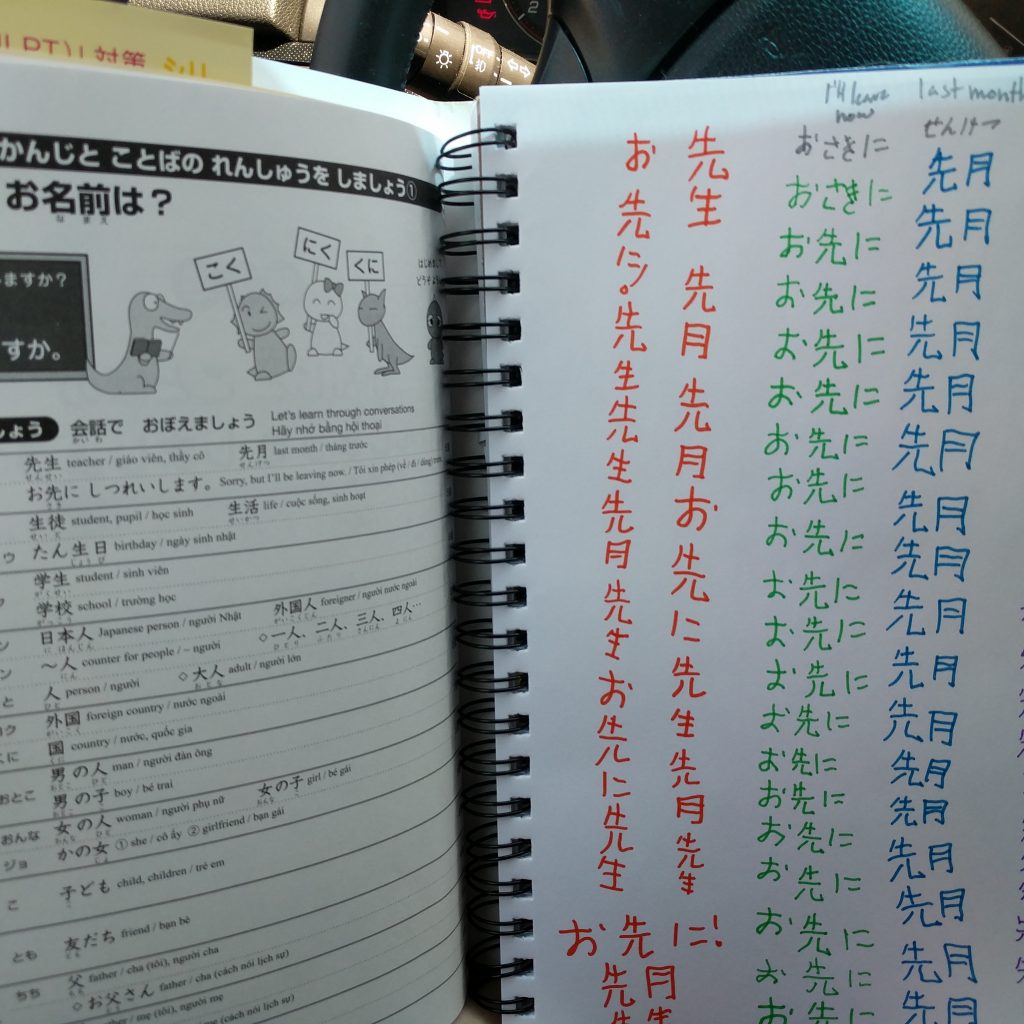
I had a hard time trying to learn the vocabulary / Kanji along with the grammar that wasn’t so much as taught but tested. So I really started on hard mode, and I didn’t want to use Genki because they use a lot of Romaji and I didn’t want to read English. I’m so used to reading subtitles that my eyes go directly to English, and I didn’t want to waste the kana I had just studied.
I thought I didn’t have enough vocabulary to support me using the workbook I bought, so I got some Kanji workbooks. They weren’t helpful because I quickly forgot they existed in favor of attempting to do Heisig’s “Remembering the Kanji” .
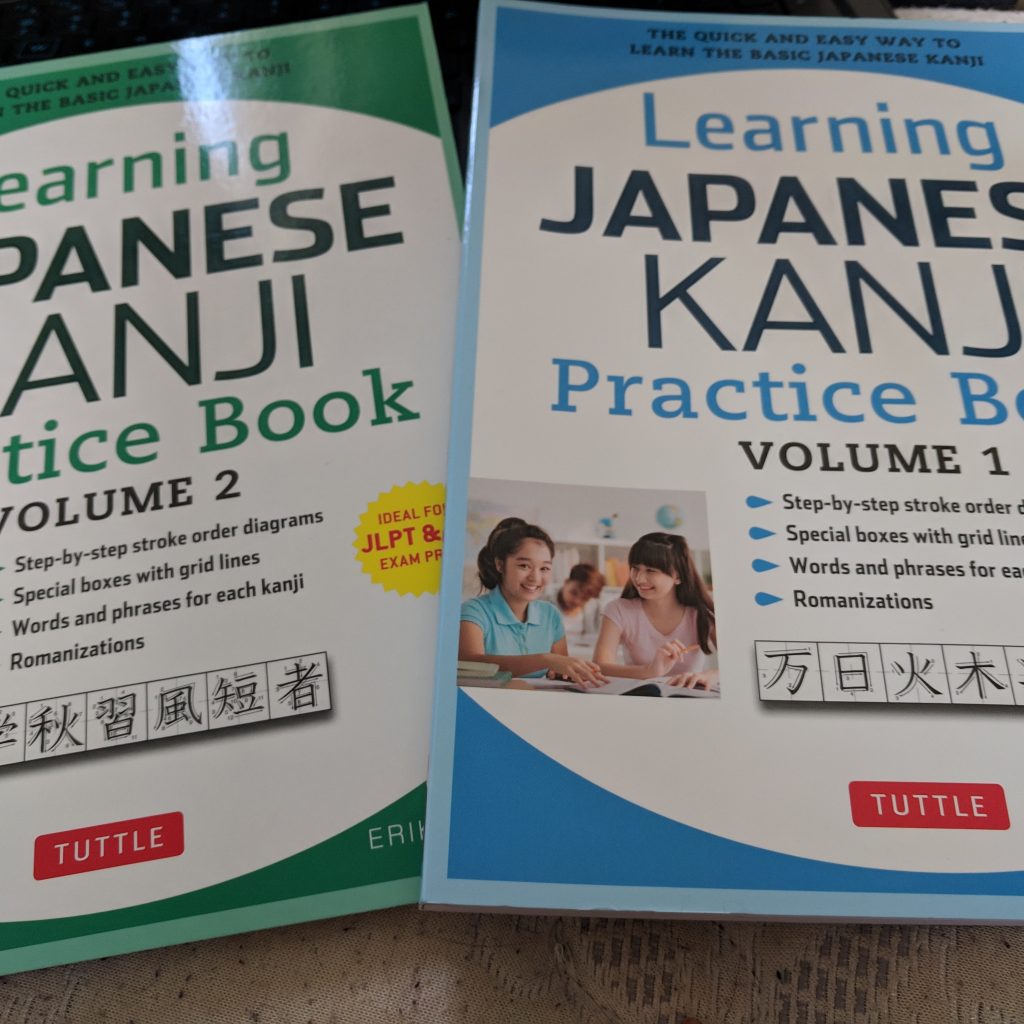
Along with the Kanji workbooks I bought a short stories book because I thought it would keep me engaged with learning. I kept hearing Japanese self-learning senpai talk about “comprehensible input”. I got it in my head that I needed to find something to do only in Japanese. I was curious about Japanese folklore, which is why I picked up the book. it came with a CD that was the audiobook with a native reading the stories. I never finished that book… The narrator sounded bored of the stories, and I just was not having fun trying to fit all this info in my head all at once. I jumped in too deep too soon. So I took a step or two backwards and bought 皆の日本語。
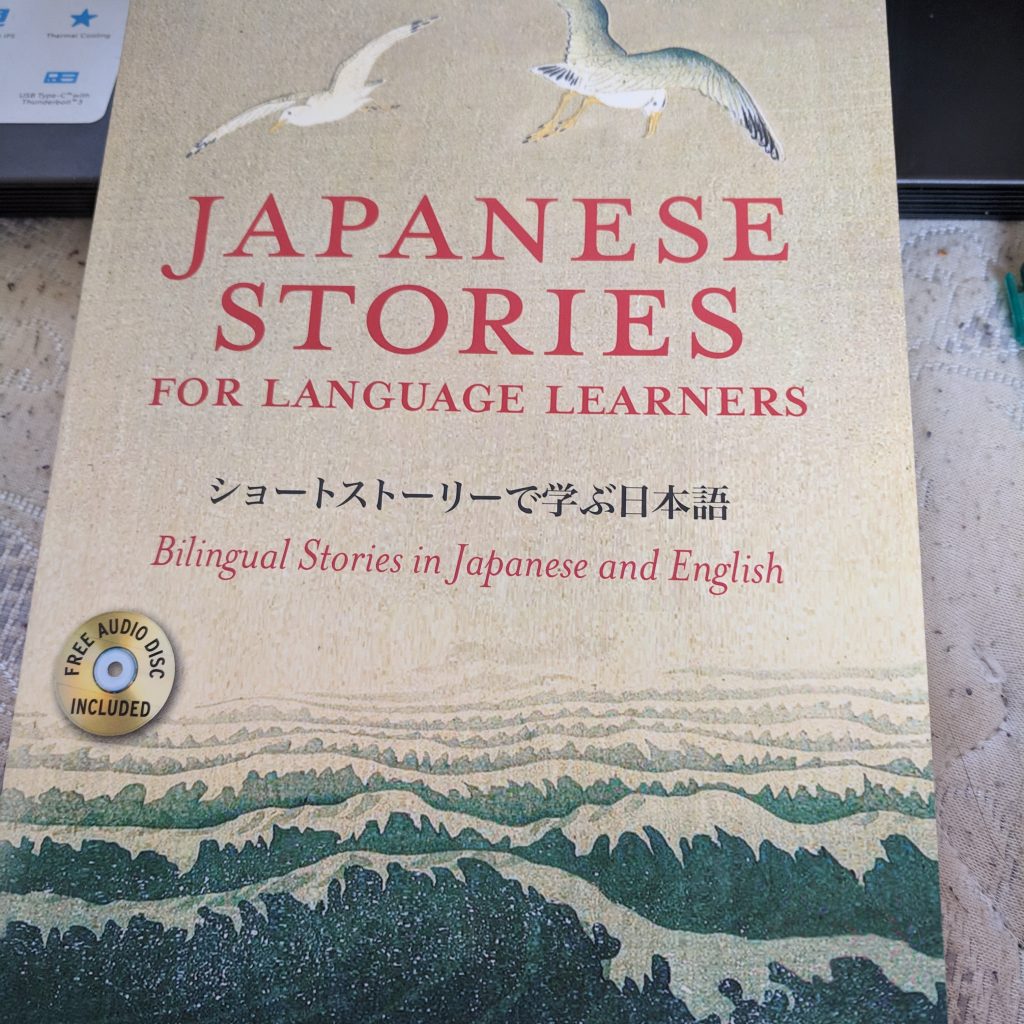
I liked the Minna books because they were completely in Japanese, so I wasn’t using any English to learn at all. It helped me not translate in my head, but just know the words. I got a lot of the way through the textbook and the workbook, but the reading workbook was a little difficult without someone to go over it with me. But! this was the first time I thought I was understanding Japanese, even just a little bit. For a long while I would hole myself up at a local café to study Japanese. I remembering this would take me like 4 or 5 hours.
Anki and Spaced Repetition Flashcard Tools
I learned pretty early on about Anki, a highly customizable, free, spaced repetition flashcard software. Along with “comprehensible input” I was hearing a lot about “Sentence Mining” ! Though, I felt I still wasn’t at the level where I could just study sentences from books or anime. So I found out you can go though the 皆の日本語 textbook and “Remembering the Kanji” with it. Anki helps you keep a steady pace, and remember what you learned easier by revising what you already learned. If you’re interested in using Anki to learn Japanese I suggest you watch DaysofFrenchandSweedish’s video on making Anki decks that you can actually finish (so you don’t burn out), then use Migaku Japanese’s video to set up the software and your decks.
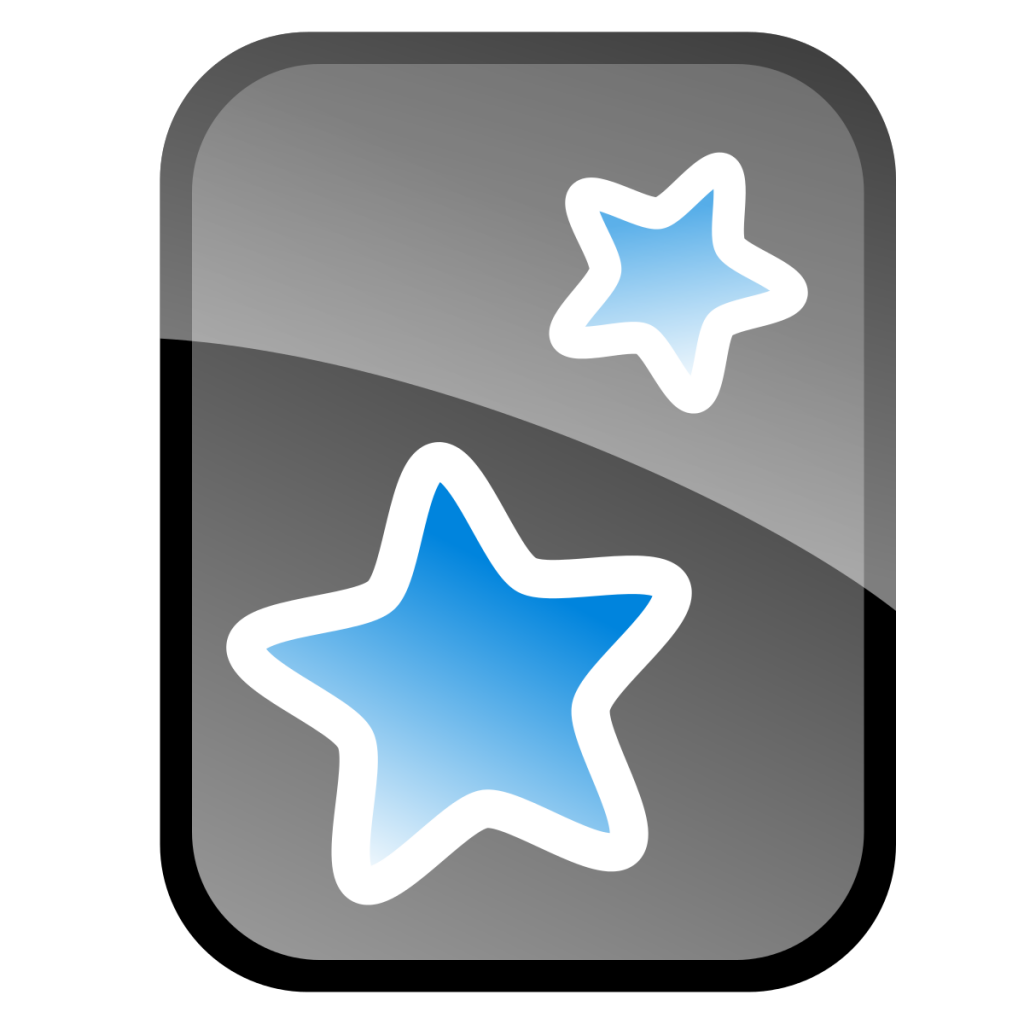
With “Remembering the Kanji” I used it along with physically writing in a book. Even though I spent a lot of time on Remembering the Kanji, I ended up ditching that too in favor of WaniKani.
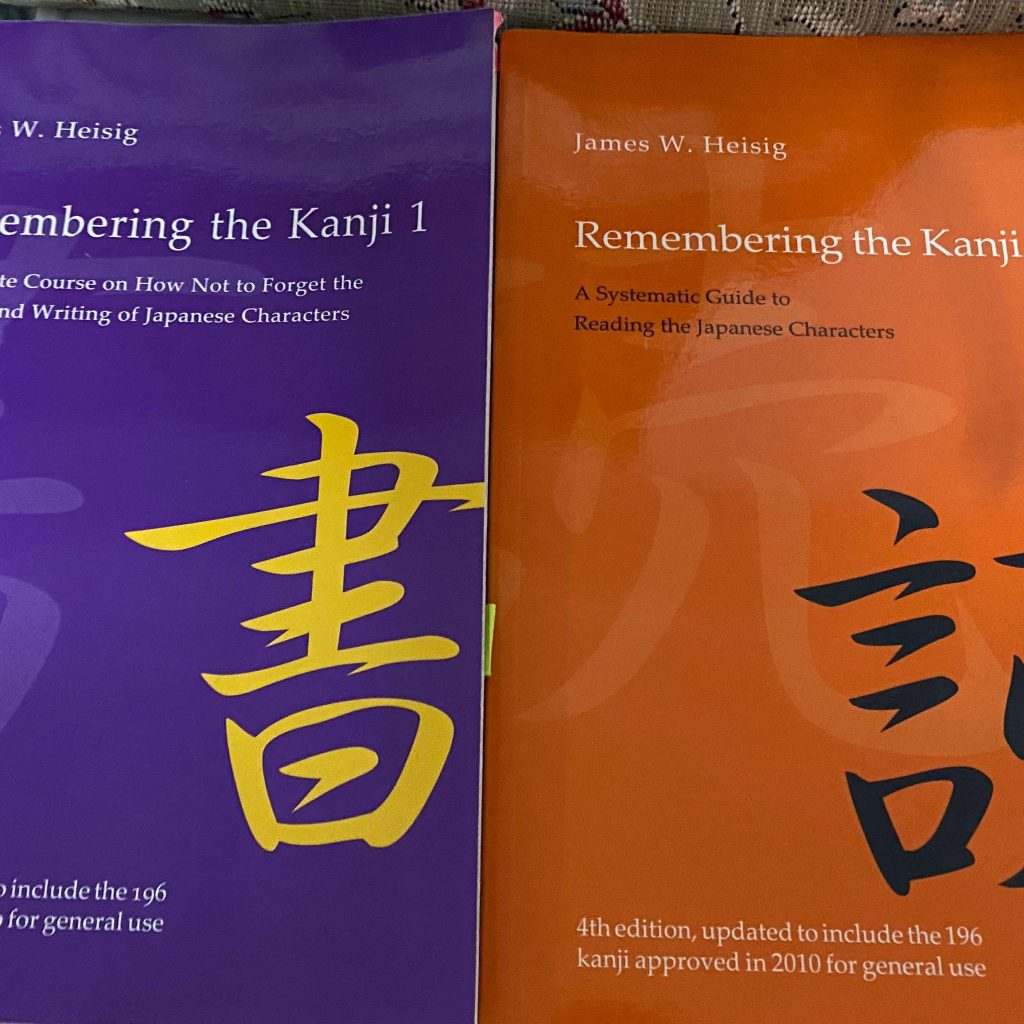
Current Self Study Activities
WaniKani
Wanikani is a lot like Anki, but it’s specifically for learning Kanji and Vocabulary in a very specific way so it helps you learn your jyoyo kanji in about a year or two, along with a lot of helpful vocabulary using those kaji. I started Wanikani the same time I started Japanese 111 at ODU. You can do the first 4 levels for free and it took me a while to properly get through to level 4. As of writing this I’m still going through Wanikani, in the middle of level 6, and I don’t regret buying a the year to use it.

Tokini Andy
Tokini Andy is an online resource for learning Japanese from Genki 1 to Quartet 2. Since Genki is best used in a classroom setting, Andy / Ando-san, his wife Yuki-san created Tokini Andi’s Youtube page so they could help people learn Japanese who couldn’t afford one on one classes, or school classes. They slowly went from going through lessons on Twitch to creating a full course for the textbooks. They have lots of shadowing materials, listening materials, and help (me) block out time to get in all of my other reading and writing activities.
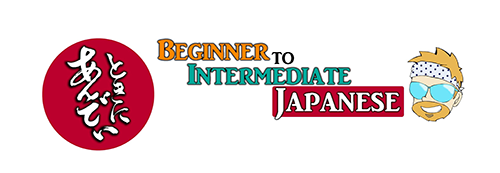
I want to Keep the Japanese I have, so I’m going back over N5 and N4 levels. Going through all of the lessons again to solidify what I know, and to help my other self study activities.
Books
There are a lot of books and book series I want to try and read in Japanese. I think it will help me grow my vocabulary and ability to think in Japanese without translating first. I chose these to try first because they seem just around my level of ability, and they’re very interesting to read!
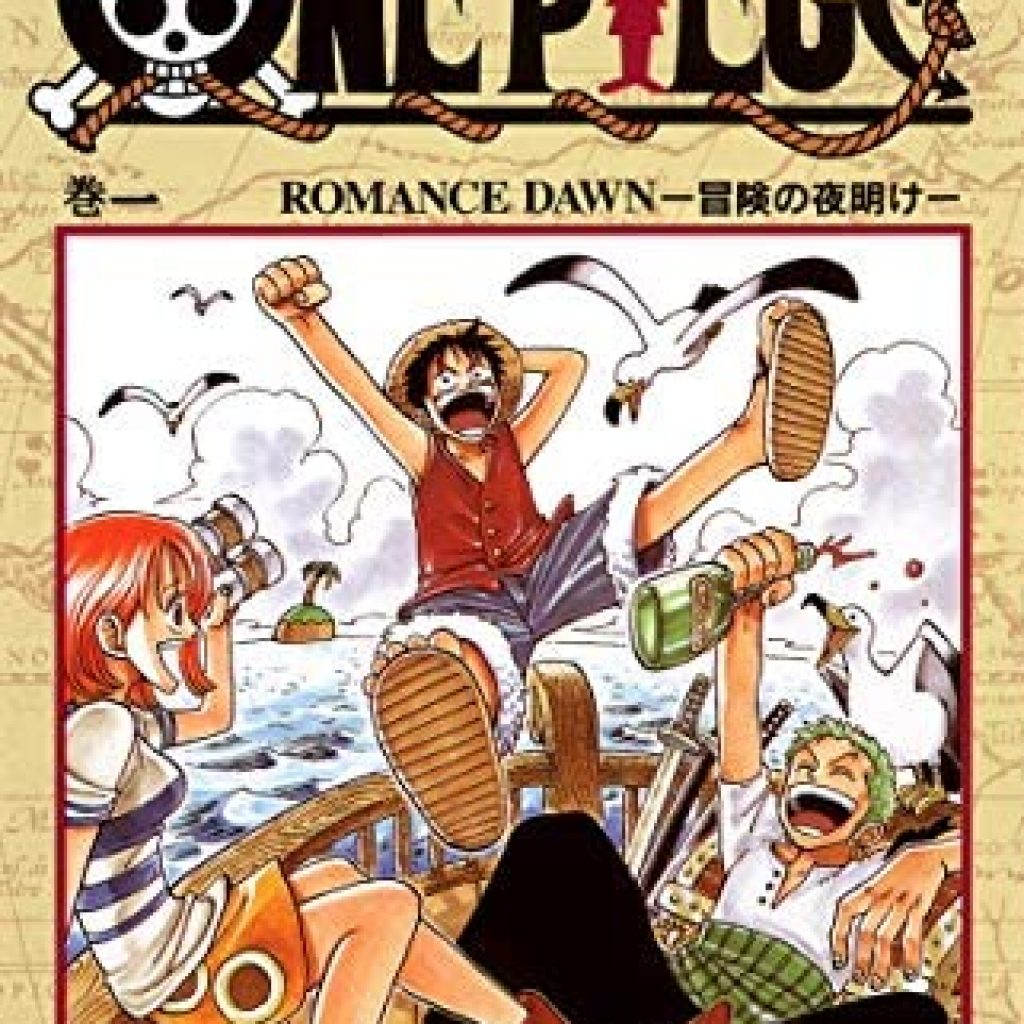
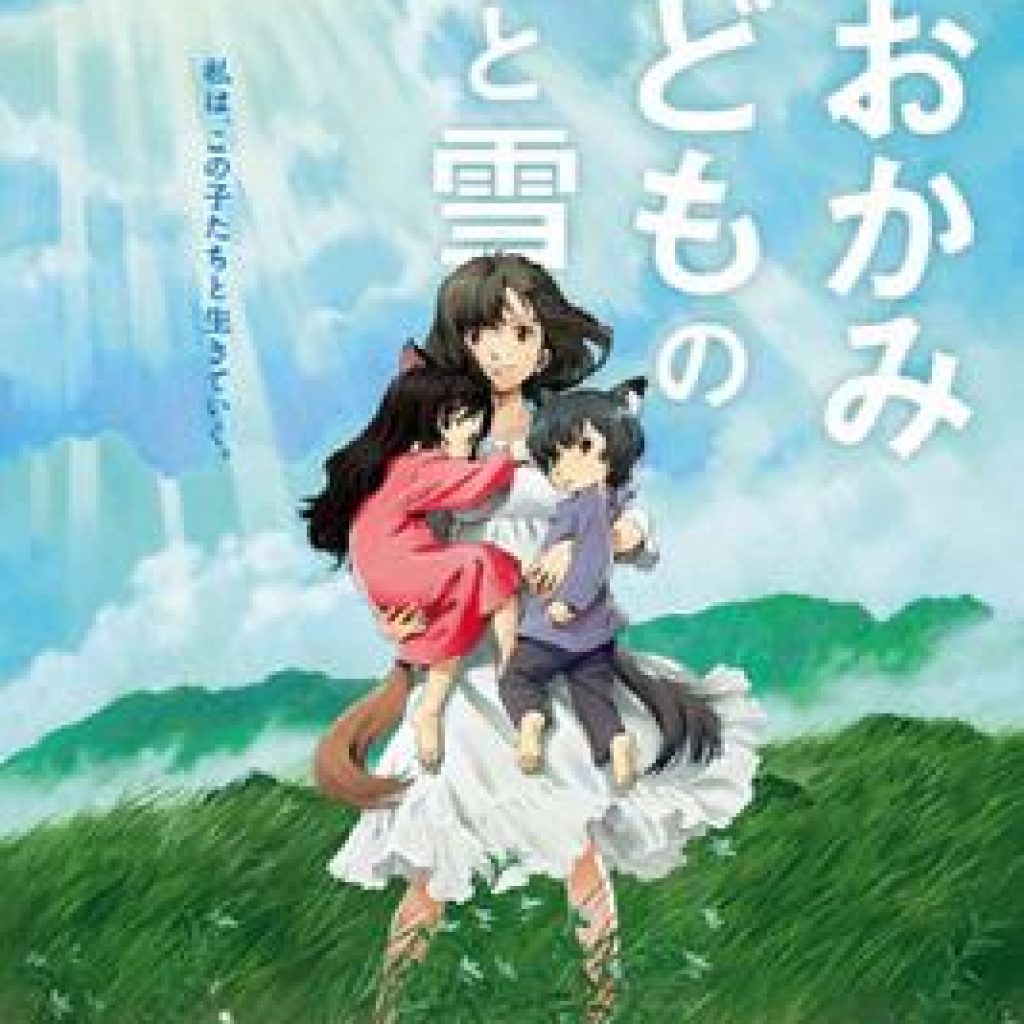
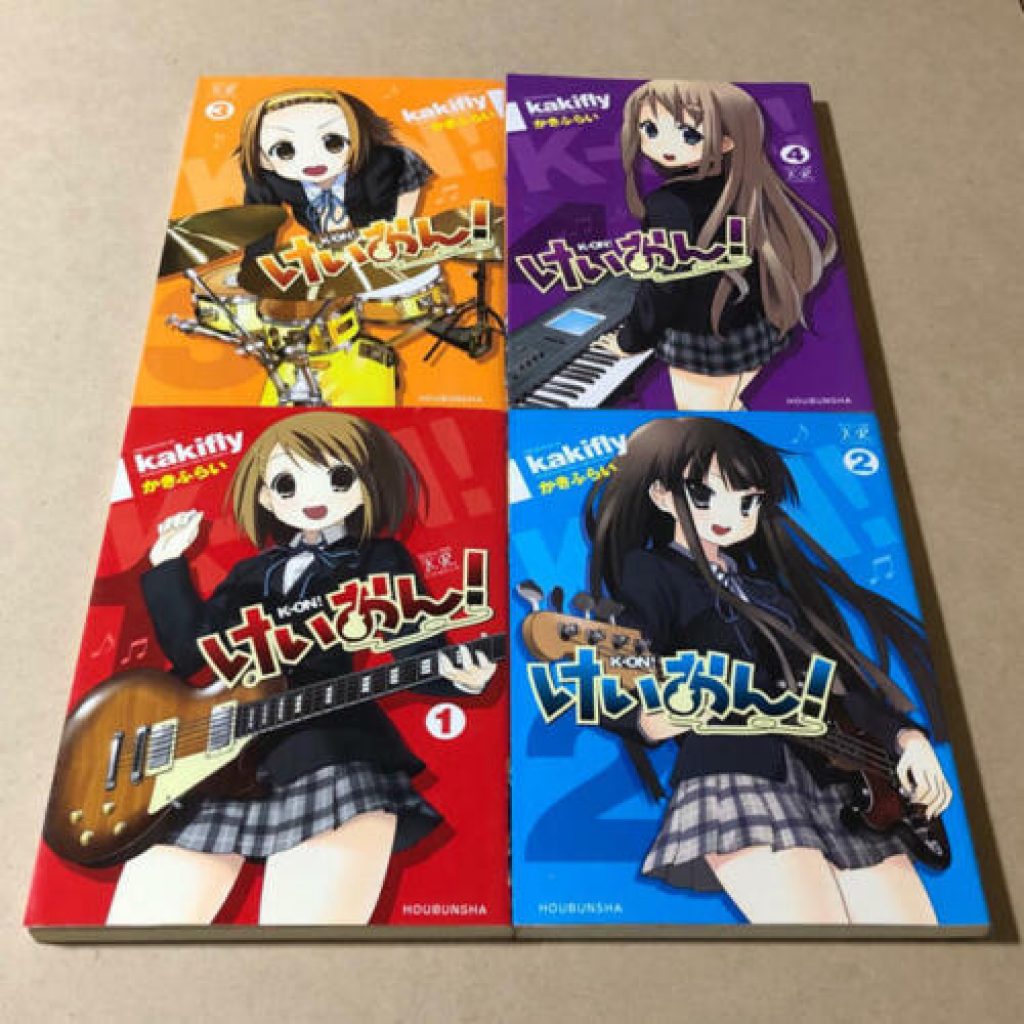
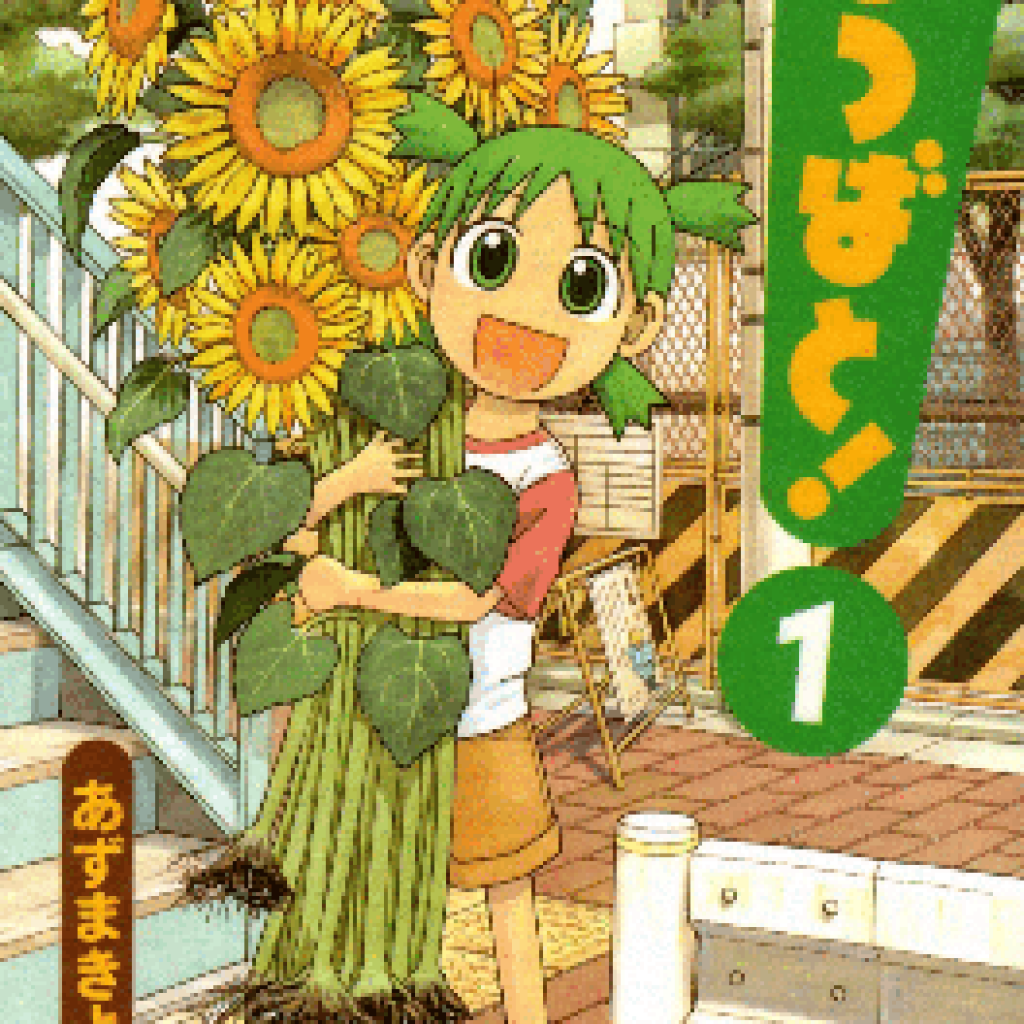
Speaking Partners and Practice
I have made a few friends through classes I’ve taken at ODU, and I talk with them on my instagram account!
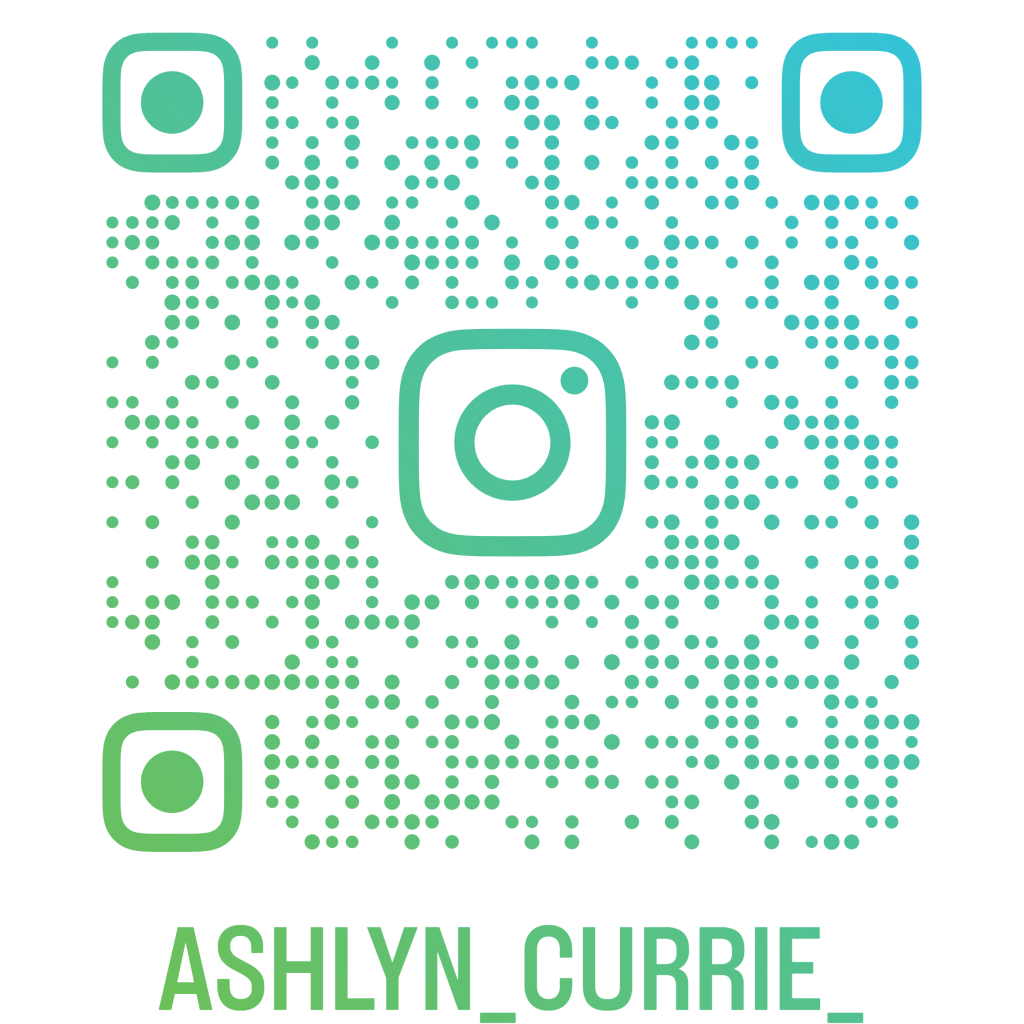
Youtube Blog
I am working on starting a vlog in Japanese to keep up with speaking practice, and as a hobby I’ve always wanted to try. I haven’t made this channel as of 12/1/22 though.